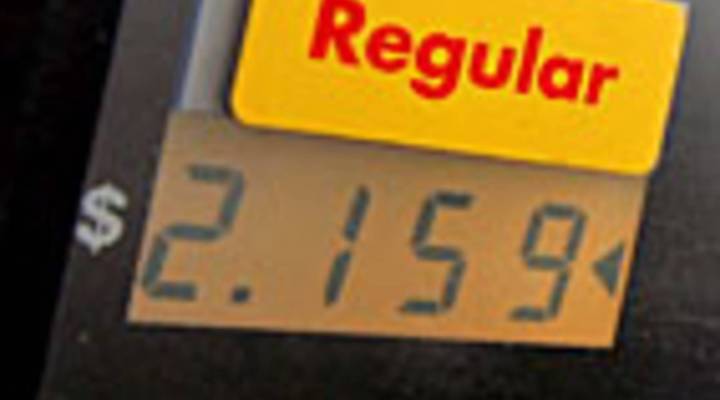
Good news for consumers?
Share Now on:
Good news for consumers?

KAI RYSSDAL: It’s one of those economic statistics that doesn’t affect the consumer directly. The Producer Price Index it’s called. Wholesale inflation’s another way to say that. What businesses charge each other. And it was down hard last month. Take out food and energy…down by the most in 13 years. Which could mean some relief for consumers down the road. Marketplace’s Stacey Vanek Smith crunches the numbers.
STACEY VANEK-SMITH: Gas prices dropped nearly 8 percent in October. The wholesale cost of light trucks was off almost 10 percent. Prices for commodities were pretty much down across the board. All of this is bad news for manufacturers, but could be good news for Joe Consumer.
Hugh Johnson is chief investment officer with Johnson Illington Advisors:
HUGH JOHNSON: Those declines in the Producer Price Index, the declines in energy prices, quite frankly are good news. It really helps the consumer to continue to spend when consumers’ confidence has been a little bit shaken more recently by the decline in housing, the decline in housing prices.
That could help retailers this holiday season and help calm worries about inflation. Johnson says dropping producer prices almost certainly mean the Federal Reserve won’t raise interest rates in the near future.
But Mesirow Financial’s Diane Swonk says not so fast. She says our economy is at a turning point and could still go into recession. After all, just a couple of weeks ago, sagging productivity had analysts crying inflation. So Swonk warns against getting trigger happy with economic data.
DIANE SWONK: This is the stage of the game where monetary policy is more of an art than a science. Because, it’s kind of like saying, you know, one foot in a bucket of ice and one foot in a pot of boiling water and the Fed’s trying to figure out through a landmine of data at the moment.
As for the benefit to consumers, Swonk isn’t so sure. Wholesale costs are just one component of product prices. A much higher percentage, she says, is made up by labor costs. And those have been climbing.
In New York, I’m Stacey Vanek-Smith for Marketplace.
There’s a lot happening in the world. Through it all, Marketplace is here for you.
You rely on Marketplace to break down the world’s events and tell you how it affects you in a fact-based, approachable way. We rely on your financial support to keep making that possible.
Your donation today powers the independent journalism that you rely on. For just $5/month, you can help sustain Marketplace so we can keep reporting on the things that matter to you.












